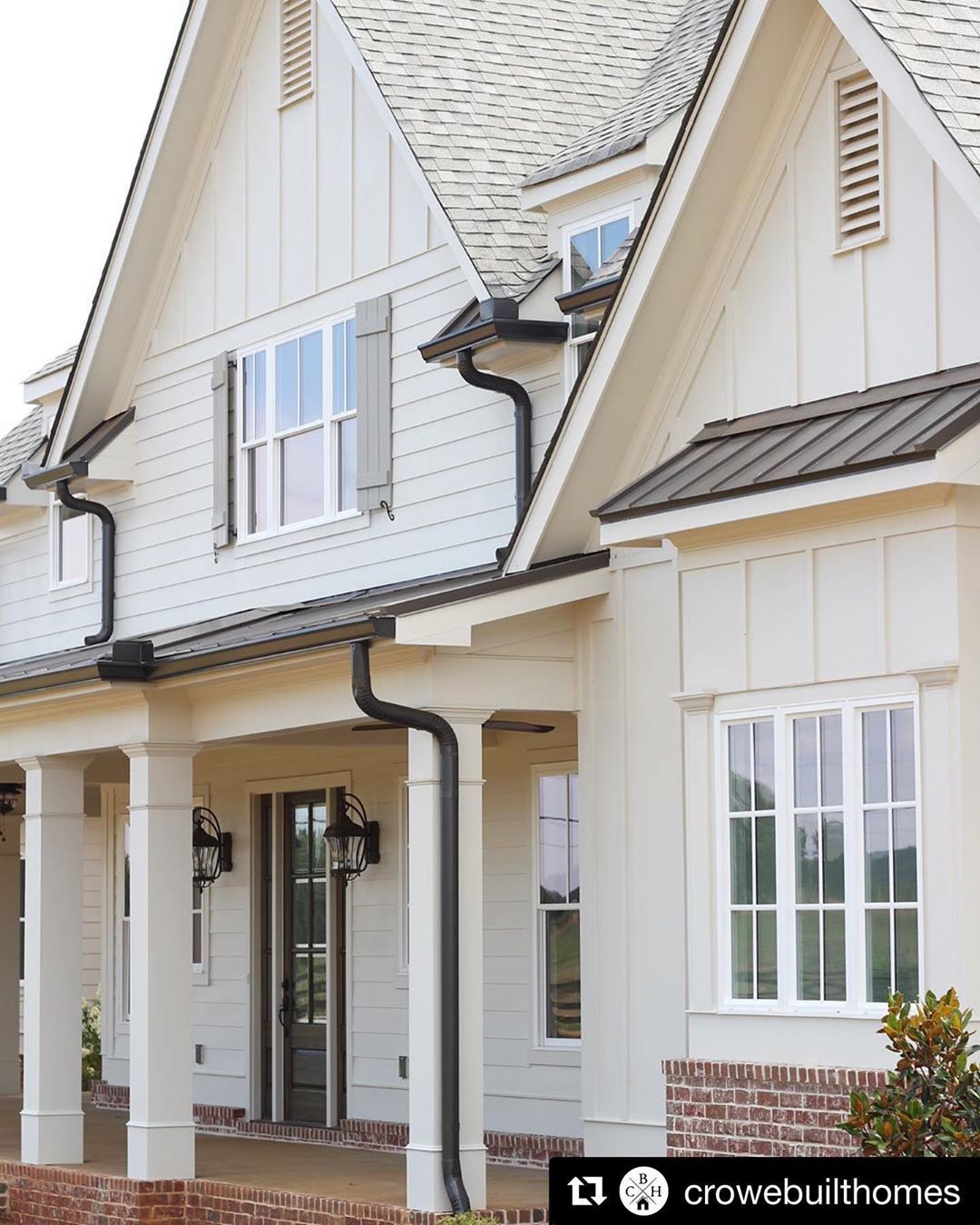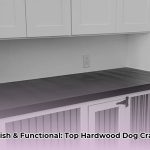Imagine a house cloaked in sophisticated black, exuding timeless allure. Black siding has become a captivating architectural choice, transforming ordinary homes into striking statements. Its versatility spans from contemporary designs to charming farmhouses. This comprehensive guide explores the nuances of black siding, from material selection and design tips to maintenance and cost considerations. Discover how to harness the power of black siding to create a home exterior that captivates.
Decoding the Allure of Black Siding
Black siding offers a unique blend of modern style and timeless elegance, but is it the right choice for your home? Let’s explore the advantages and potential drawbacks.
Benefits of Black Siding
- Elevated Curb Appeal: Black siding dramatically enhances a home’s visual impact, making it stand out from the crowd.
- Design Versatility: Black works beautifully with various architectural styles, from modern farmhouses to sleek contemporary designs, and provides a perfect backdrop for accent colors.
- Perceived Size Enhancement: Dark colors like black can sometimes create an illusion of size, making a house appear larger than it actually is. This can be particularly advantageous for smaller properties.
Potential Drawbacks of Black Siding
- Heat Absorption: Dark colors absorb more heat than lighter shades, potentially increasing cooling costs during warmer months. Proper insulation and strategically placed trees can help mitigate this.
- Maintenance Demands: Black siding tends to show dirt, dust, and water spots more readily, requiring more frequent cleaning to maintain its pristine appearance.
- Susceptibility to Fading: Depending on the material, black siding may be more prone to fading over time, especially in areas with intense sunlight. Choosing high-quality, fade-resistant materials is crucial.
- Visibility of Imperfections: Dents, scratches, or imperfections in the siding are more noticeable on a black surface. Meticulous installation and regular maintenance are essential.
Selecting the Right Black Siding Material
Choosing the right siding material is paramount for achieving the desired aesthetic and longevity. Here’s a comparison of popular options:
| Material | Pros | Cons |
|---|---|---|
| Vinyl | Budget-friendly, low-maintenance, available in various styles | Can fade, may show imperfections, consider heat-reflective options |
| Fiber Cement | Durable, fire-resistant, insect-resistant, can mimic wood | More expensive than vinyl |
| Wood | Classic natural look, can be painted any color | Requires regular maintenance (painting/staining), susceptible to rot and insects |
| Metal | Extremely durable, long-lasting, low-maintenance, fire-resistant, reflects heat | Generally the most expensive option, can dent |
| Composites (e.g., LP SmartSide, Boral TruExterior) | Durable, insect-resistant, available in various styles | Can be more expensive than vinyl, some require specific maintenance |
This alluring house with windows could be soon yours if you click to check the details.
Crafting Your Black Siding Masterpiece
Design choices can significantly impact the overall aesthetic of a black siding house. Here are some key considerations:
- Trim Selection: White trim against black siding creates a classic, high-contrast look. Lighter grays, beige, or natural wood tones can offer a softer, more nuanced aesthetic. Explore various options to find the perfect complement.
- Landscaping: Landscaping plays a crucial role in softening the appearance of black siding and adding visual interest. Colorful flowers, lush greenery, and textured shrubs create a balanced and inviting exterior.
- Architectural Accents: Architectural details like window styles, rooflines, and entryways can enhance the overall design. Consider how these elements interact with the black siding to create a cohesive and visually appealing facade. A distinctive roofline, for example, can truly pop against a dark backdrop.
Maintaining Your Black Siding
Maintaining black siding doesn’t have to be a chore. Regular cleaning with appropriate products will keep it looking its best. Always follow the manufacturer’s recommendations. Rinsing the siding with a garden hose every few weeks can help prevent dirt buildup. A more thorough cleaning with a specialized siding cleaner might be necessary a couple of times a year. The frequency and method will depend on the specific material, local climate, and your preferences.
Is Black Siding More Expensive?
Black siding often has a higher upfront cost than lighter shades. This is primarily due to the specialized pigments required to achieve a true, deep black, and the UV-resistant coatings necessary to prevent fading. However, the overall cost isn’t solely determined by the color. The chosen material plays a significant role. Vinyl is generally the most budget-friendly, but achieving a true black in vinyl can be challenging, and darker shades may be more susceptible to fading. Fiber cement offers a durable mid-range option available in true black, known for its color retention. Engineered wood requires more maintenance and is susceptible to moisture damage if not properly installed. Metal siding is the most expensive option, offering exceptional durability and low maintenance but is prone to denting. Composites offer a balance of durability and aesthetics, but their cost varies.
Long-term costs involve maintenance, repairs, and potential repainting. Vinyl requires less upkeep than wood or engineered wood, while fiber cement needs occasional cleaning and caulking checks. However, black siding shows dirt more readily, potentially necessitating more frequent cleaning. Heat absorption can also lead to warping or fading, requiring repairs or repainting.
The higher initial investment in black siding can yield returns through increased curb appeal and potential resale value. Black’s versatility as a neutral backdrop complements various architectural styles and accent colors, offering endless design possibilities. The return on investment (ROI) involves weighing the enhanced aesthetics and potential resale value against the higher upfront and maintenance costs.
Regional climate also influences long-term costs. Hotter climates might necessitate more frequent cleaning and potentially accelerate fading, affecting the siding’s lifespan and overall maintenance needs. Emerging technologies, such as improved heat reflectivity and fade resistance, may influence the future cost-effectiveness of black siding.
Unveiling the Downsides of Dark Siding
While aesthetically appealing, dark siding has potential downsides to consider. It is more susceptible to fading and chalking due to sun exposure, particularly in sunny climates. Dark colors absorb more heat, which can lead to warping, buckling, and premature aging of the siding material, especially vinyl. This heat absorption can also negatively impact energy efficiency, increasing cooling costs. While some experts believe the impact is minimal, others suggest it can be noticeable, particularly in hotter climates. Further research is needed to fully understand the long-term impact on energy efficiency.
Dark siding can limit trim and accent color choices. Careful planning is crucial to avoid clashes and achieve the desired aesthetic. It also requires more frequent cleaning to maintain its appearance, as dirt and mildew are more visible.
The “best” siding color depends on individual preferences, climate, architectural style, and budget. Weighing the pros and cons and understanding the potential upkeep involved empowers homeowners to make informed decisions.
Harmonizing Colors with Black Siding
Black siding acts as a versatile canvas, offering numerous color combination possibilities. The classic black and white pairing creates a timeless, crisp contrast. Neutral colors like beige, gray, or light brown offer a softer, more harmonious feel, providing a backdrop for bolder accent colors. Varying shades of black can create a surprisingly sophisticated monochromatic look.
Bold accent colors, such as red, green, blue, or yellow, on doors or other features, can add striking focal points. Natural materials like wood or brick beautifully complement black siding, balancing the sleek modern feel with organic textures. Consider color blocking, using contrasting colors to highlight different sections of the house, or a modern gray trim for a contemporary take on traditional home styles.
When selecting colors, consider practical aspects like maintenance and climate. Black absorbs more heat and can fade faster in sunny locations. Look for fade-resistant paints and UV-protective coatings. Research suggests lighter trim colors may be beneficial in hotter climates as they reflect more sunlight. Ongoing research and development in siding materials may lead to further improvements in fade resistance and heat reflectivity.
By carefully considering these elements, you can create a unique and stylish exterior that reflects your personal taste and enhances your home’s curb appeal.
- NYT Connections Answer: Hedgehog, Pineapple, Cactus The Spiky Things Explained - April 20, 2025
- How to Clean a Wool Carpet: A Comprehensive Guide - April 20, 2025
- How to Clean a Pleather Couch: A Complete Guide - April 20, 2025










